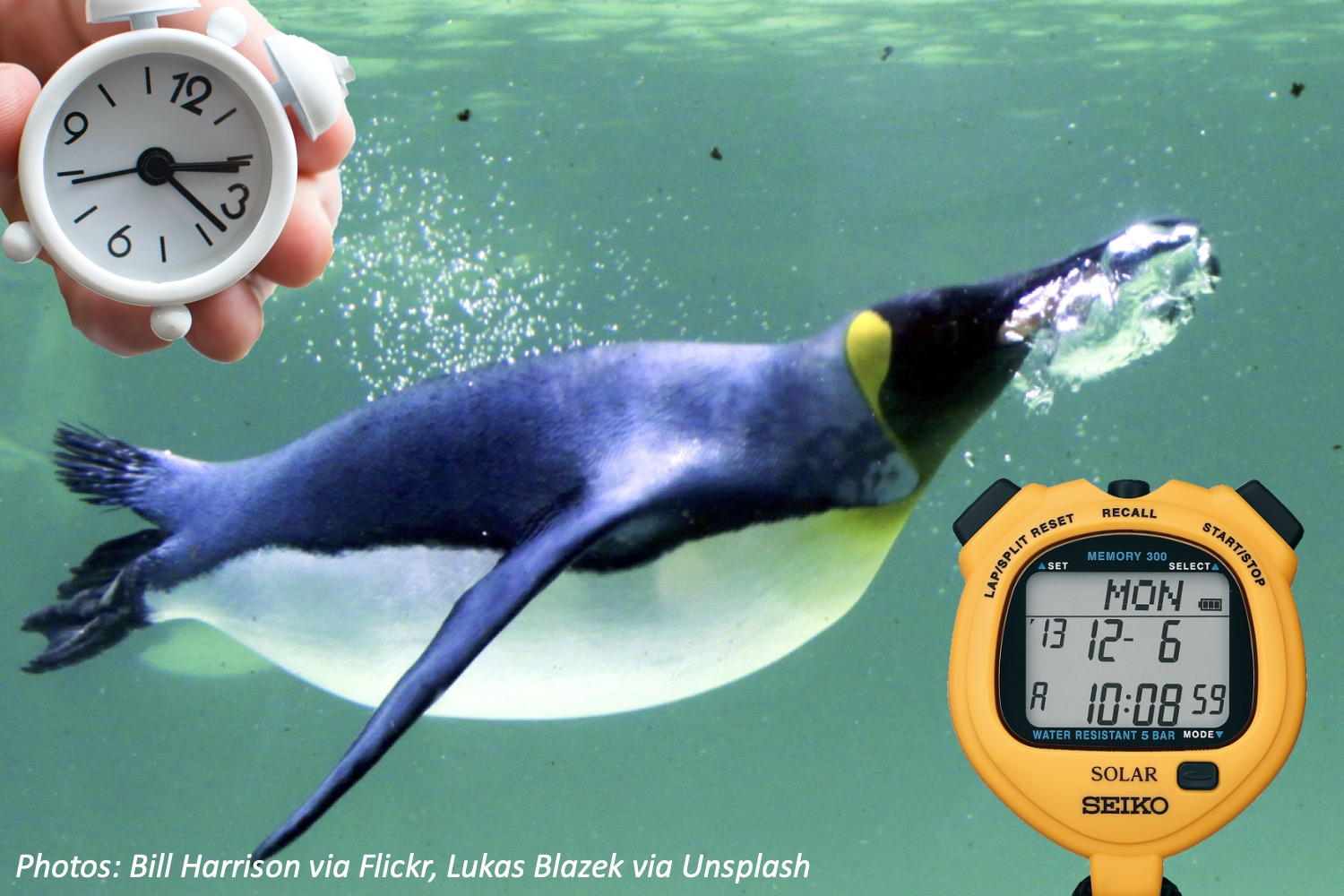If you’ve ever tried to hold your breath, it gets tough even after 10 seconds, right? Your body needs air, so it will fight hard to “inhale”. But some sea creatures can hold their breath a REALLY long time. Sea-diving birds dive into water to grab fish, so many of them can hold their breath for a whole 10 minutes. An emperor penguin can hold it for 20, as can a dolphin. But a sperm whale can swim without breathing for almost 2 hours!
Wee ones: Try holding your breath and counting to 5 in your head! What numbers do you think?
Little kids: If you hold your breath for 10 seconds and count down from 10, what numbers do you say now? Bonus: If a seagull can hold its breath for 10 minutes but an emperor penguin can hold for 20, how many minutes longer can the penguin last?
Big kids: If a dolphin needs to store up air for 4 minutes before going under for 27 minutes, how long does that all take? Bonus: A sperm whale can hold its breath for 2 hours if resting, but 20 minutes less than that if it’s swimming hard. How long can it hold while swimming?
The sky’s the limit: If you could hold your breath for 20 minutes, and you can turn an underwater somersault every 15 seconds, how many somersaults can you do without taking a breath? (A minute has 60 seconds, and a hint if needed: first figure out how many somersaults you can do in 1 minute.)
Answers:
Wee ones: 1, 2, 3, 4, 5.
Little kids: 10, 9, 8, 7, 6, 5, 4, 3, 2, 1. Bonus: 10 more minutes.
Big kids: 31 minutes. Bonus: 100 minutes, since 2 hours is 120 minutes.
The sky’s the limit: 80 underwater somersaults, since you can do 4 per minute for 20 minutes.



